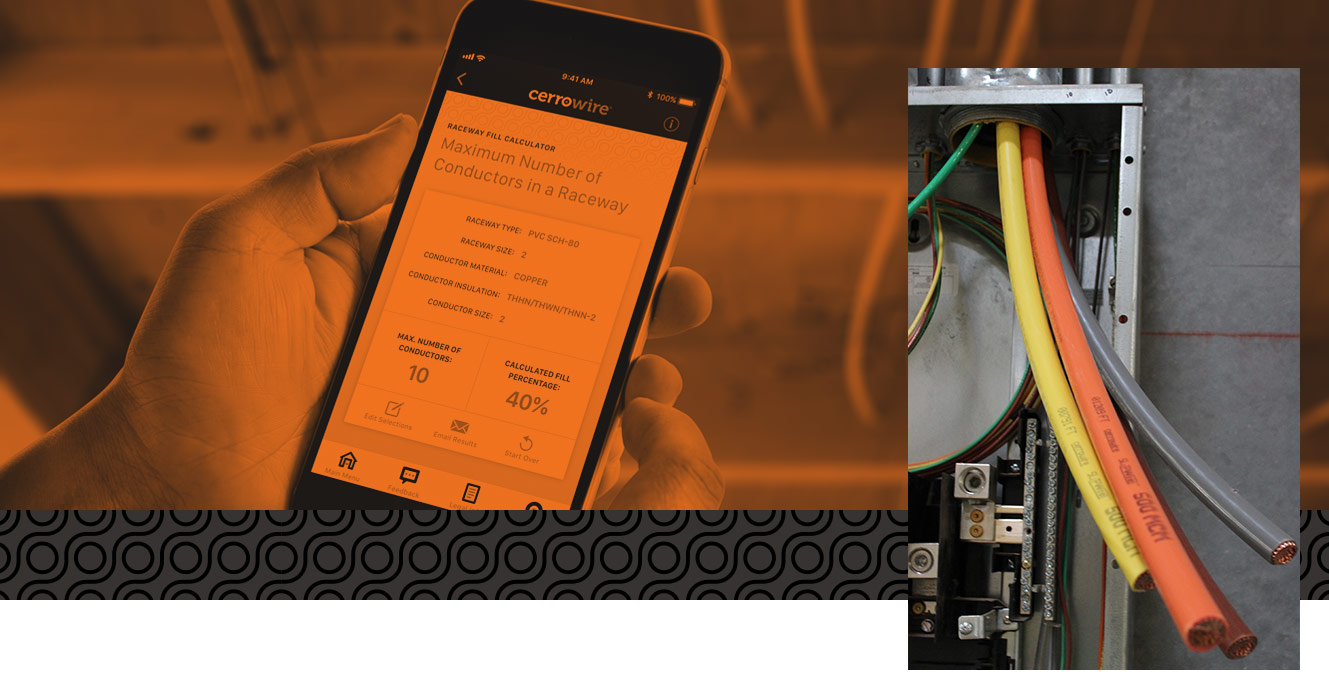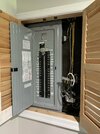Dang, you're a star on this stuff. As I was reading the initial post, I was already keeping notes in my head of the corrections this needed, and you knocked them all out, except for maybe one other I would mention:For a 50A circuit you can't use 8 gauge NM-B (Romex wire), would need to use 6 gauge. The NEMA 14-50 receptacle requires 3 conductors, not 4 conductors plus the ground wire, so 6/3 NM-B. (Note: The ground wire is present, not counted as a conductor.)
If NJ and your local jurisdiction has adopted the 2017 version of the National Electrical Code (NEC) then you will need to install a GFCI circuit breaker (now required by code for all EV charging receptacles.) Since there is no GFCI receptacle available for the 14-50 receptacle a GFCI circuit breaker ($100) would be required.
1. Make sure the electrician doesn't use a Leviton outlet. They are horribly cheap and crappy and way too easy to have bad, loose connections. Any of these other brands are all pretty good: Cooper, Bryant, Hubbel.
2. It says 50A breaker, but 8 gauge Romex is only good for up to a 40A circuit, so that's not OK.
3. Yes, the naming 8/3 is already defined as 3 conductors, plus the ground wire.
4. And even if it was switched to 6/3, that can't be swapped up to a 60A circuit later, as @golferguy was suggesting.
5. An outlet installation for EV does require using an annoyingly expensive GFCI breaker.
Why do you need a subpanel ? If you don't have space in the panel you can buy a Double Breaker that uses the space of 1 breaker to give you 2. not sure what panel you have.
I don't know why so many people assume that ALL panels can ALWAYS use tandem breakers. I have a fairly decently modern Square D Homeline panel from 1996, but it does not allow any tandem or quad breakers. So a subpanel may be necessary and isn't that bad of a deal.I am puzzle about the need to add a subpanel just to install a new circuit breaker?
- this is certainly a clean solution but would using some tandem circuit breakers
could provide some room for the new EV line inside the main panel?
If it's using Romex, it's probably because it's in a location that needs to use Romex. The place the line is running usually determines if you use wire in conduit, or cable. Above ceilings or inside walls is generally not going to be conduit.Instead of 8/3 Romex cable I like better using a conduit with wires inside
to get a cleaner looking install, unless there are too many curves a cable migt be simpler.




